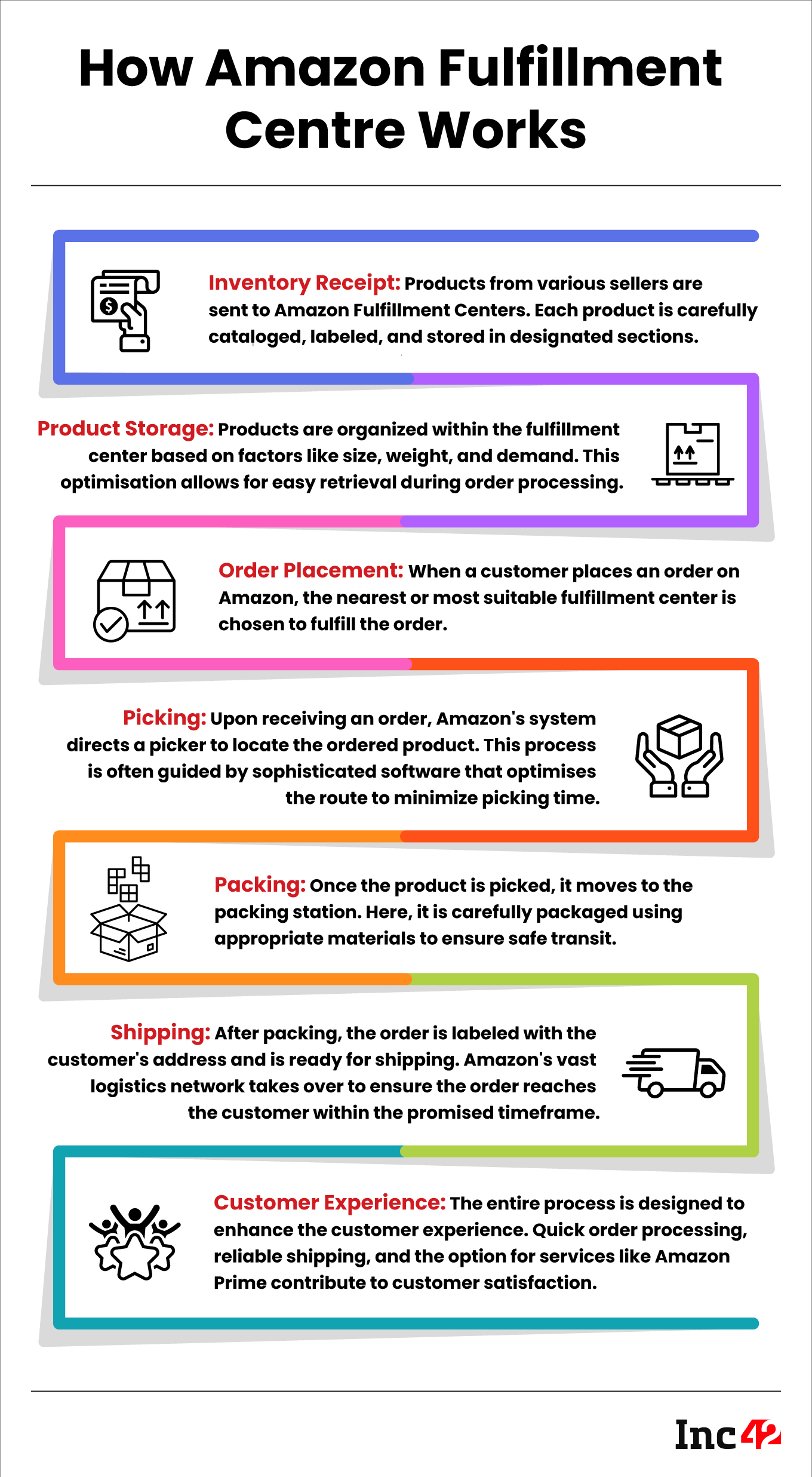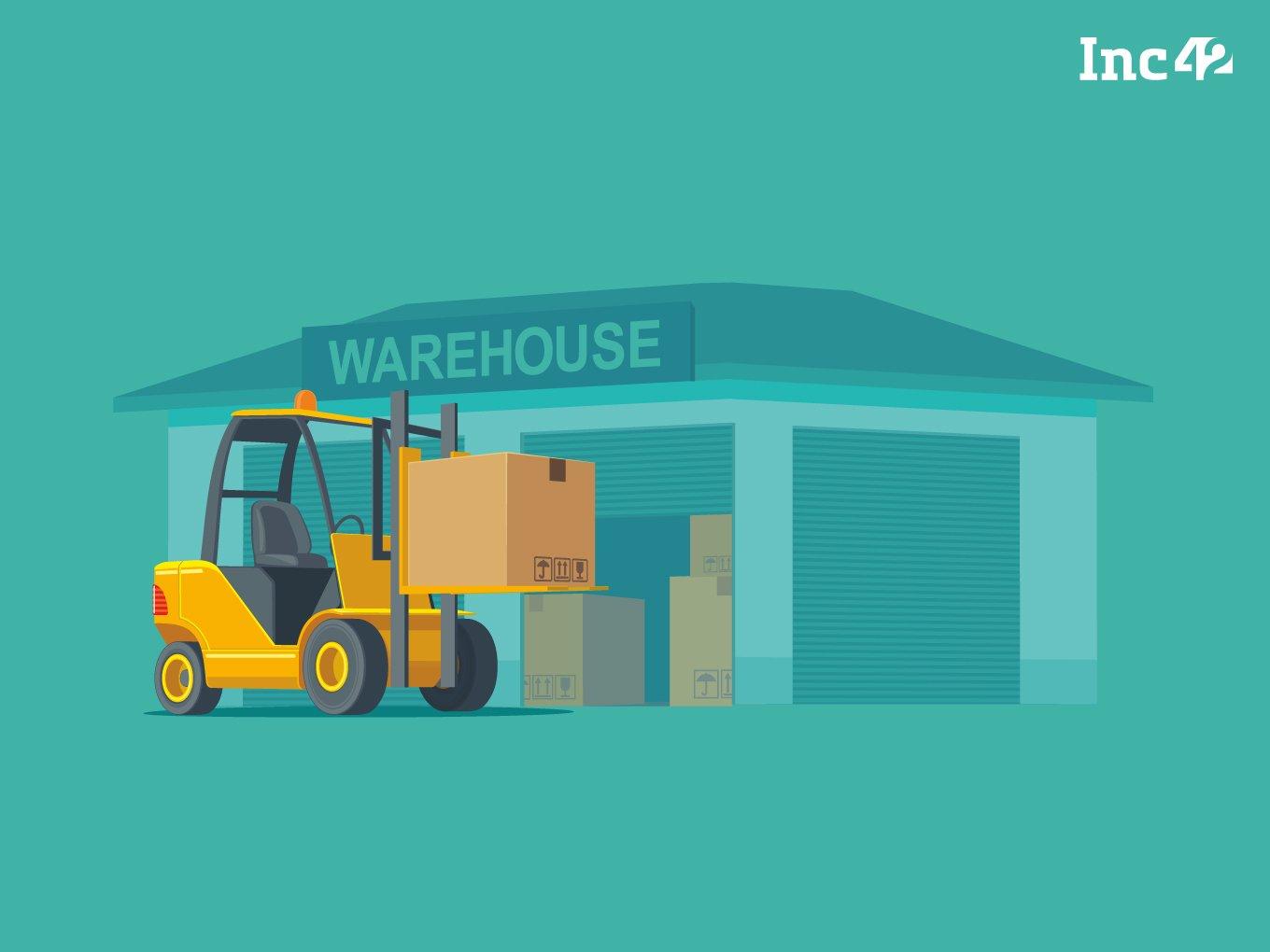What Is A Fulfilment Centre?
A fulfilment centre is a strategically located warehouse designed to manage and process the inventory of ecommerce businesses. It serves as the hub where products are stored, packed, picked, and shipped to customers once an order is placed. Fulfilment centres are equipped with advanced technology and logistics systems to optimise the entire supply chain process from order intake to final delivery.
What Is An Amazon Fulfilment Centre?
Ecommerce behemoth Amazon has played a pivotal role in redefining the concept of fulfilment centres. Amazon Fulfilment Centres are massive warehouses that are strategically located around the world. These centres house a diverse range of products from various sellers. Once a product is received at an Amazon Fulfilment Centre, it becomes part of Amazon’s inventory and is eligible for Amazon Prime and other fulfilment services.
What Is A Flipkart Fulfilment Centre?
Flipkart, one of India’s leading ecommerce platforms, has also adopted the fulfilment centre model to enhance its operational efficiency. Flipkart Fulfilment Centres function similarly to Amazon’s, offering services like storage, order processing, and shipment handling. Sellers partnering with Flipkart can store their products at these centres and leverage Flipkart’s logistics network for timely deliveries.
How Do Amazon Fulfilment Centres Work?
Amazon Fulfilment Centres operate with a seamless blend of technology and human intervention to ensure efficient order fulfilment. Here’s how they work:
- Inventory Receipt: Products from various sellers are sent to Amazon Fulfilment Centers, where they are carefully catalogued, labelled, and stored in designated sections.
- Product Storage: Products are organised within the fulfilment centres based on factors like size, weight, and demand. This optimisation allows for easy retrieval during order processing.
- Order Placement: When a customer places an order on Amazon, the nearest or most suitable fulfilment centre is chosen to fulfil the order.
- Picking: Upon receiving an order, Amazon’s system directs a picker to locate the ordered product. This process is often guided by sophisticated software that optimises the route to minimise picking time.
- Packing: Once the product is picked, it moves to the packing station. Here, it is carefully packaged using appropriate materials to ensure safe transit.
- Shipping: After packing, the order is labelled with the customer’s address and is ready for shipping. Amazon’s vast logistics network takes over to ensure the order reaches the customer within the promised timeframe.

Advantages:
- Efficiency: Fulfilment centres are equipped with automation and efficient processes, reducing the time between order placement and delivery.
- Scalability: Ecommerce businesses can easily scale their operations by leveraging the storage and processing capabilities of fulfilment centres.
- Focus On Core Activities: By outsourcing the logistics and order processing aspects, businesses can focus more on product quality, marketing, and customer engagement.
- Global Reach: Fulfilment centres strategically placed around the world enable businesses to reach a global customer base.
- Reduced Shipping Costs: Fulfilment centres allow for bulk shipping, reducing individual shipping costs and making products more affordable for customers.
A Look At The Challenges And Future Trends
While fulfilment centres offer numerous benefits, they also come with challenges. Ensuring accurate inventory management, maintaining product quality, and managing the complexities of returns are some of the hurdles that businesses must navigate.
Looking ahead, the future of fulfilment centres is likely to involve even more advanced automation. Technologies like robotics and AI could further streamline the picking and packing processes, leading to increased efficiency and reduced operational costs.








